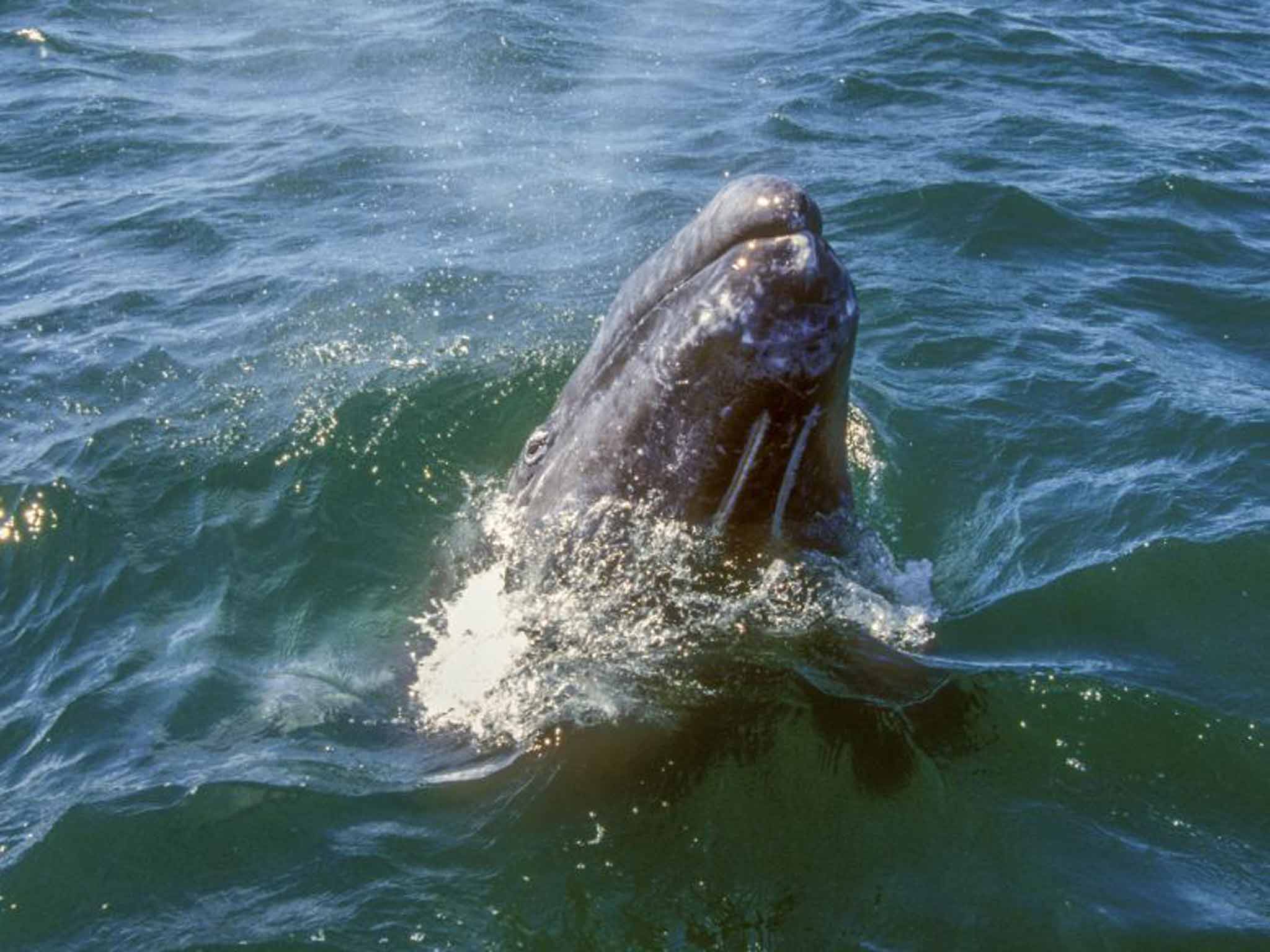Whale watching: should we be getting so close?
Noisy tourist boats often congregate en masse

A whale-watching encounter is one of the most memorable wildlife experiences you can have, not least because of the elusive nature of our marine giants. But in their eagerness to deliver, fleets of noisy tourist boats often congregate en masse to pursue the briefest glimpse of a whale as it dives to escape the intrusion. Perhaps not quite the experience you were hoping for.
However, there is a place in Mexico where our interest in another species appears to be mutual. From December to April each year, the San Ignacio Lagoon, on Mexico's Baja Peninsula, comes alive with Pacific grey whales, which migrate here to calf in safe waters. A limited number of boats is allowed into just one third of the lagoon, so any encounter is very much on the whales' terms, but it's never long before they approach, usually as a mother-and-calf pair.
The sight of these extraordinary creatures emerging from the depths is already quite the experience, but what unfolded on my visit almost defied belief. The whales approached the side of the boat and the mother dived below her calf. Her imposing, 10-metre-long body clearly visible in the aquamarine water, she supported and lifted her calf above the surface. It rolled over on its side and eyeballed me. Time stood still.
After what seemed like an eternity it turned on its back, so close I found myself tentatively reaching out to touch its surprisingly rubbery skin, peppered with white parasite scars and deeply embedded barnacles. As the mother kept watch several metres from the boat, the playful, inquisitive calf barrelled and splashed at the side of the boat, opening its mouth and allowing its strange baleen plates and large grey tongue to be touched.
It moved to the front of the boat and with superb strength nudged it with its dimpled, hairy snout to the left, then to the right, repeatedly. Every so often, it came back to the side of the boat to lie on its side, completely still, watching.
The fact that some of these whales (once known as "hard-headed devil fish" because of the way they would crash into whaling ships to protect their young) still bear harpoon scars makes it all the more extraordinary that they should want to approach vessels at all.
In the distance a woman on another boat shrieked with uncontrolled excitement as she reached out to touch the form appearing next to her. Her scream jolted me back to reality, and it left me pondering. In our thirst for "meaningful" wildlife encounters, is our level of consideration sufficient? Should I have touched this calf, potentially exchanging pathogens with it? Perhaps, until we understand more about the wildlife we seek out, tourism regulations need to be even more stringent. And perhaps volunteering with a wildlife research project to help further our knowledge would serve nature better.
Liz Bonnin is presenter of the BBC1 series, 'Animals in Love', which starts on 1 February at 6pm.
Subscribe to Independent Premium to bookmark this article
Want to bookmark your favourite articles and stories to read or reference later? Start your Independent Premium subscription today.

Join our commenting forum
Join thought-provoking conversations, follow other Independent readers and see their replies